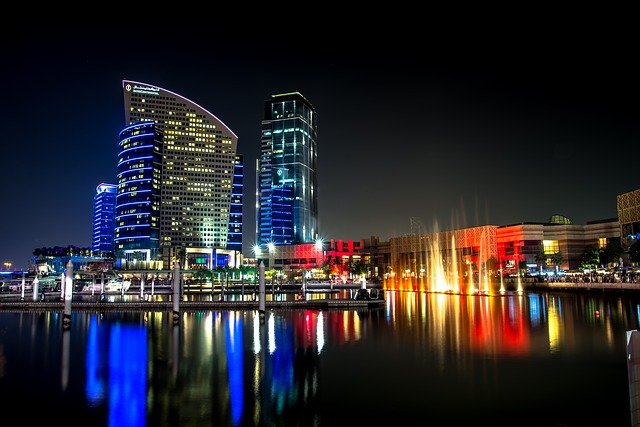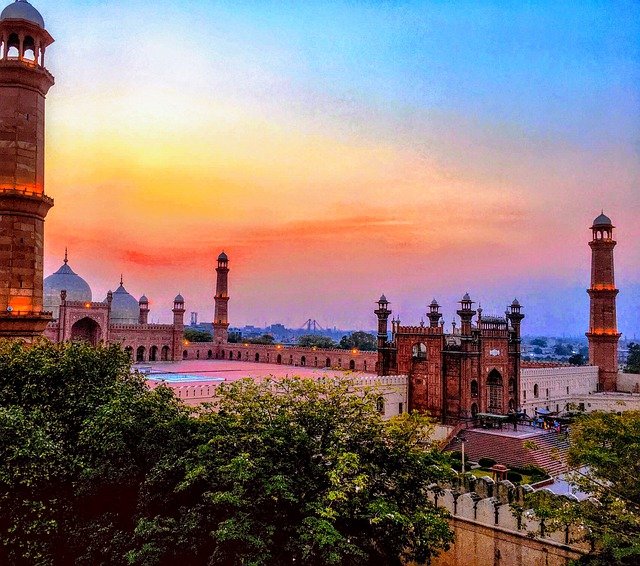Even though Pakistan is known as a developing country, it holds natural beauty, lush landscapes, and archaeological sites for the truly curious.
Indeed, Pakistan holds potential for tourism. Did you know, According to the International Travel Magazine, Pakistan has been ranked as one of the top tourist attractions in the world in 2020? Yes, over the years, Pakistan has been a famous tourism spot. With that said, there are some places in Pakistan that you must visit.
Pakistan also has quite a bit of economic activity that ranges from fashion to finance and more. The country has quite a bit to offer for tourists that choose to visit it. At the same time, individuals from Pakistan may choose to go to other countries to seek economic opportunity or to merely travel.
If you are looking to travel to Pakistan or travel in and around the country, remember to have knowledge of your airblue flight schedule and other matters. With that being said, here are a few of the places to be aware of when you are looking to travel in and around the growing nation of Pakistan.
Places to Travel In Pakistan
Here are a few places to travel within this South Asian region.
Peshawar
One of the most tremendous cities of Pakistan, Peshawar comes under the Khyber Pakhtunkhwa province. The city is known for its historic places and cultural values. The residents of Peshawar are called Pathans and speak the language Pashto. As the largest city in the province, Peshawar has the Mughal mosque.
It is decorated with calligraphy and floral work. Additionally, the Peshawar museum has items from the Mughal era. The museum holds great significance in the eyes of visitors.
Karachi
The next city you must visit in Pakistan is Karachi. The cosmopolitan city is the largest city of Pakistan and ranks 5th globally. Karachi is well-known for being the city of light, its food, and its beaches. The beautiful diversity in architecture speaks volumes about the city itself. From high-rise buildings in Clifton to the fire hall in Saddar, Karachi is a mix of old and modern architecture. It has endless options for entertainment including theaters, shopping malls, restaurants, and museums.
Lahore
The last city we have to think about is Lahore. The second-largest city in Pakistan holds a historical value of more than 1000 years. As one of the most traditional cities in South Asia, Lahore has a population of over 20 million. You shouldn’t miss the shahi qila also referred to as the Lahore Fort. A treat for art lovers, it has palaces, halls, and mosques, and most importantly, the palace of mirrors (Sheesh Mahall).
Fantastic Places to Travel From Pakistan
There are several places you can travel to from Pakistan, but there are some places in the middle east that you shouldn’t miss out on. Let’s take a look at some of the places you can travel to from Pakistan right away! Whether you are going for tourism purposes or for economic purposes, these are some of the best places that you should certainly visit.
Dubai

The first city we have is Dubai. As the capital of the United Arab Emirates, Dubai is a traveler’s dream. It has futuristic architecture, nightlife, attractive destinations, and historic sights. Whether it is a family vacation or a honeymoon, Dubai is a perfect spot to relish the days of your life. Places like the Mall of Emirates, Jumeirah Beach, Burj Khalifa, and Ain Dubai are a delight to visit.
Riyadh
Over the years, Riyadh has become one of the most prosperous cities in the Middle east. From shopping malls, restaurants, and museums, Riyadh has been the number 1 tourist destination. You can go biking in the red dunes, or make your way to the world-class Riyadh zoo. Riyadh is recognized for its outdoor festivals and events.
Jeddah
Jeddah is known for its contemporary skyscrapers and incident villages. As one of the largest cities of Saudi Arabia, Jeddah is an economic hub and a tourist destination. The famous Jeddah sculpture museum is a must-visit. It has the essence of Arabic traditions and monumental art. It has a beautiful floating mosque that you can visit any time of the day or offer prayers. You can visit the souks in Jeddah and learn more about their culture.
It can be stressful to plan out your vacation or travel plans, ensure to make your flight schedule on time and get to where you need to be. But remember that the whole point of your trip is to relax, meet a certain objective, and be present. Experts would suggest to be mindful and ensure to have a great time as you move around!
